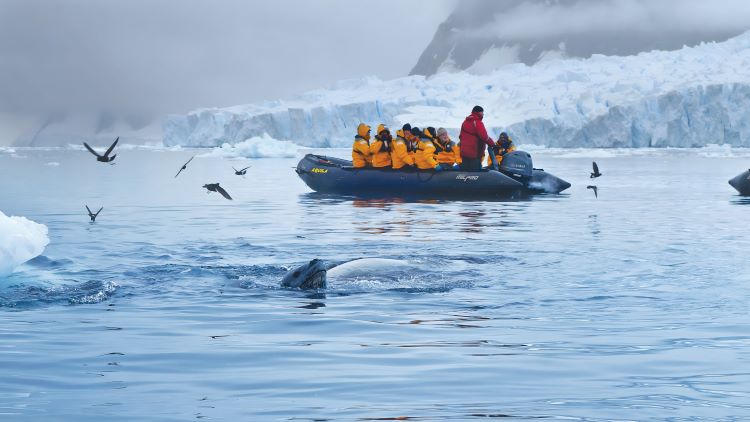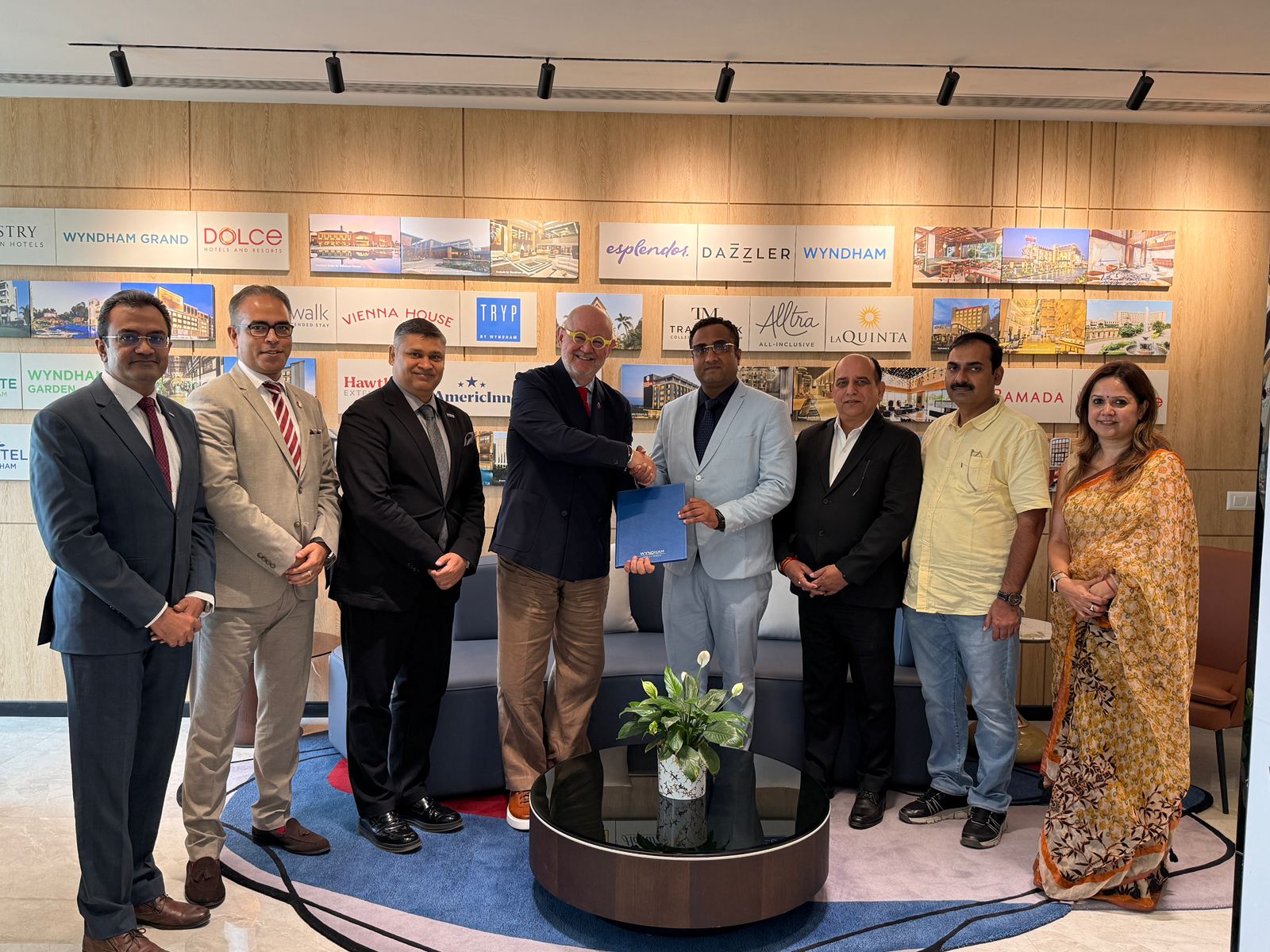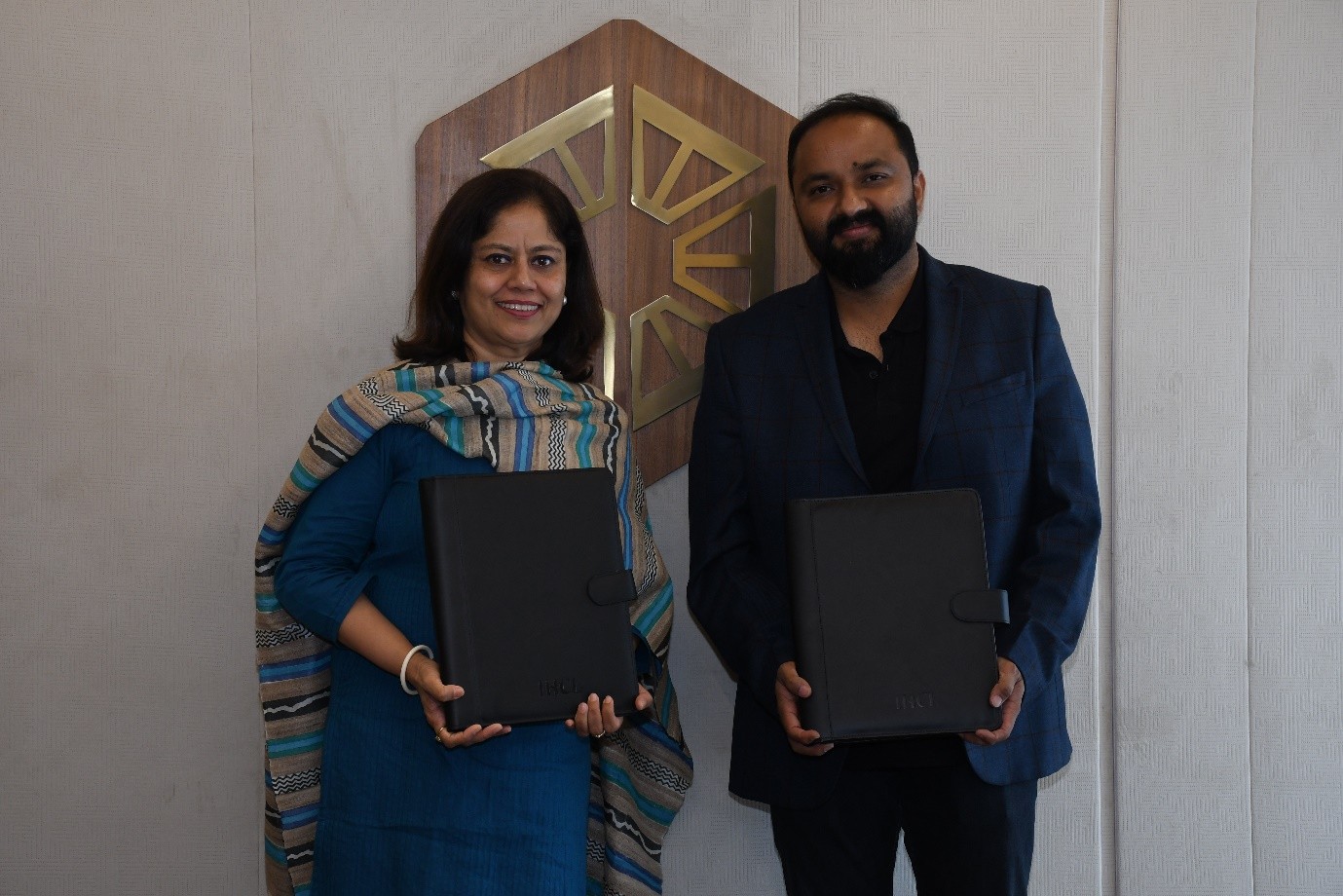In conversation with the exuberant Mandip Singh Soin on walking the talk around Responsible Tourism.
DDP Bureau
Q: What is your message to our readers?
A: It will not be a surprise if as a reader, your eyes are already rolling, the moment you have read “Tourism Sustainability” as we have all heard it a lot over the decades be it from tourism professionals, government officials or the media.
This time, even though as a voice from within the industry, I am guilty as charged in contributing to the oft repeated mantra that we just cannot do without sustainable tourism, let me add a happy variation that has come about to sit as the umbrella–and the magic phrase is Responsible Tourism.
But hey, before you can even think of taking a snooze over the next few lines, pay heed, as this umbrella has the potential of offering shade to all the stakeholders in the business of tourism as well as save the state governments from getting their destinations wet and muddy!
Q: You have been deeply involved in bringing tourism and hospitality to adopt good environmental practices for some time now. Where did this begin for you?
A: In 1989, I took an Earth Pledge in an icy vastness, punctuated by the occasional howling wind in subzero temperatures of the Arctic. It was during a month-long environmental expedition at 80 degrees North not far from the North Pole.
We had just finished ascertaining with the help of the Canadian scientists at the weather station Eureka, that the Ozone hole was growing which would lead to faster warming of the Earth. We also found there were chemical pollutants in the pristine looking ice of the Arctic, coming from the industrial waste blown across and settling in the Arctic.
The big takeaway from that expedition was that since human beings made the problem, we could find a solution and that EACH ONE of us can make a difference!
Q: What has been the learning at a macro level?
A: One learning all of us need to take up for starters–given that the accommodation sector comprises the largest slice in the tourism pie, is all that we need to come together for this wonderful feast and not just savour our own slice with watering mouths, even if we add one change from small dispensing plastic bottles of shampoo to glass dispensers. If you think I am a being harsh, think of the wonderful inputs of traveller surveys, where time and again it is tumbling out that the new travellers will be more conscious about how they travel and who they use–and organizations not adopting responsible tourism practices in varying forms, will certainly feel it in the bottom line. An environment-conscious conscience needs to be developed and encouraged if we really want to preserve this planet for posterity.
Q: How do we achieve some level of significance in this critical realm?
A: Whilst there are some really amazing stories of individual hotels and lodges doing some great work, be it in the basic eco sensitive actions like not changing bedsheets and towels every day at the basic level, to the ones that go the extra mile to support local communities and offer employment and placements at higher levels too, to helping conservation by giving specialist gear and clothing to forest guards etc–this is still not enough. It is as the good ol’ saying goes “One swallow does not a summer make.”
So, if we want India to be a sustainable tourism destination, we all need to roll out of the darkness of our own silos which have the occasional iridescence. A lot of learning and sharing has been imparted since 2008, when the erstwhile Ecotourism Society of India was born, at the behest of the government. Whilst it morphed into the Responsible Tourism Society of India and had formal MOUs with the Ministry of Tourism and the United Nations Environment Programme, it helped with best practices within the industry as well as with policy with the government. A big achievement was to have helped the government bring out the Sustainable Tourism Strategy as a good lodestone document.
Apart from shaping industry action and government policy, it is important to change the behavioural pattern of our travellers. The Responsible Traveller guidelines are simple to imbibe and adopt. Communication and regulation are key to successful implementation. The winner, of course, is doing away with single use plastic.
Q: Your take on haphazard development in popular tourist destinations and Overtourism
A: The one sight that hits us slap bang in the middle of our foreheads when we travel,especially in the hills, is the rather haphazard construction that is mushrooming completely out of consonance with its surroundings. To see over constructed and crowded hill stations is now almost the new normal which constitutes visual pollution. So is it not time for us to play a more dominant role in raising our voices for architecture that is in sync with its immediate surroundings. Little wonder we are all so taken away by the harmony in architecture when one goes to Switzerland or even closer, to Bhutan!
Overtourism is yet another new phenomenon that is hitting us of late, especially in the rather inverted logic of the revenge tourism being fanned. So, certain honeypot destinations like Ladakh, are almost now on the verge of turning into honeytraps! The environmental impact through the sheer garbage generated by travellers that is not able to be disposed of properly and massive landfills that are unsustainable, are making the entire customer experience annoying. Now, in the recent Sustainable Tourism Strategy of the MoT, there is an ask to get every destination, via state governments to have a tourism carrying capacity study done. Will the state governments be serious about this and will the industry be more mindful? Only the millions of Gods in India will probably know.
Q: Any closing comments
A: For once, we need to be the change we want to see, as Gandhiji would have remarked or as my co-founding member and operator of sustainable hotels, Jose Dominic, would say, “Let us leave our staid MBA learning and go from Consumer is King to Environment is King and then fashion our actions.”
If I have managed to keep your eyes open till here–then I am smiling, and the Responsible Tourism movement is winning.
If not, I think we will have to say it was the Indian tourism industry that continued to wade into the deep end with their eyes wide shut.
“If we want India to be a sustainable tourism destination, we all need to roll out of the darkness of our own silos, which have the occasional iridescence.”
Mandip Singh Soin, Founder & Managing Director, Ibex Expeditions and Founding President, Responsible Tourism Society of India
“To see over constructed and crowded hill stations is now almost the new normal–a visual pollution.”










